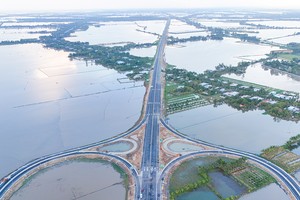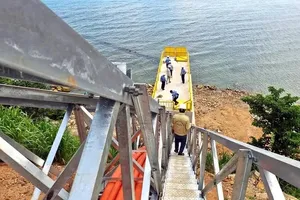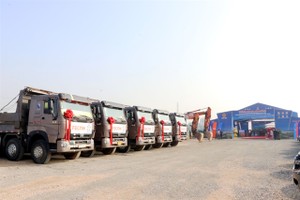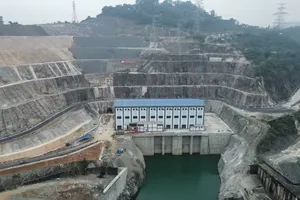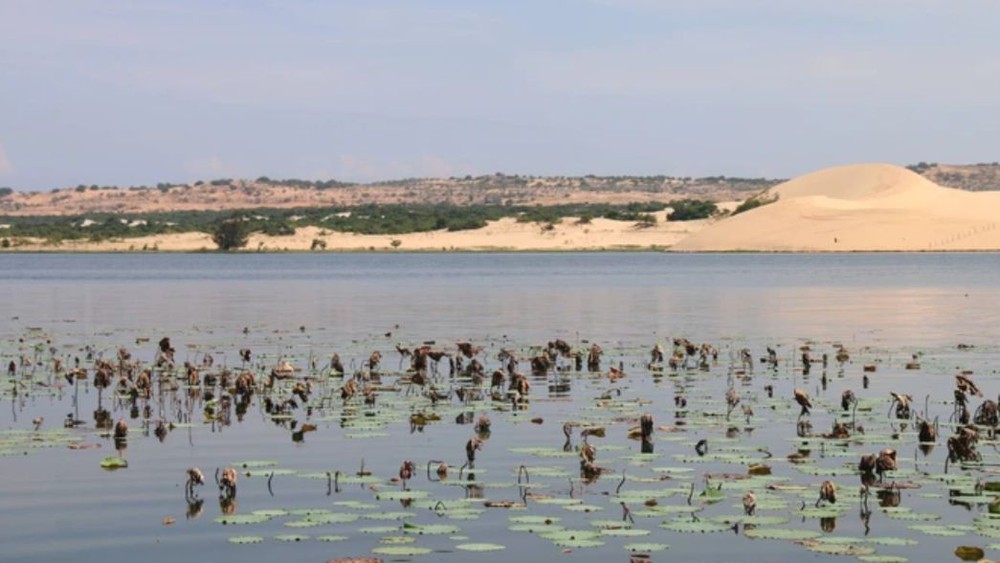
Recently, in an interview with SGGP Newspaper, Mr. Nguyen Cong Ly, Vice Chairman of the Bac Binh District People's Committee of Binh Thuan Province, reported that the cause of the widespread death of lotus plants in Bau Ba, part of the Bau Trang national scenic spot, remains undetermined.
The Bac Binh District People's Committee suggested that the lotus die-off in Bau Ba may be due to several factors, including water pollution. However, due to the district's limited resources and responsibilities, they are unable to conduct water quality tests in the lake.
Consequently, the Bac Binh District People's Committee has requested that the Binh Thuan Provincial People's Committee establish an interdepartmental inspection team to investigate the cause of the mass lotus death, which is impacting the Bau Trang national scenic spot.
Earlier, on August 22, SGGP Newspaper published an article titled "Unusual Lotus Deaths at Bau Trang National Scenic Spot," reporting on the dying lotus plants in Bau Ba. Local residents noted that this phenomenon began after the Hoa Thang Water Treatment Plant started operations and began discharging treated wastewater into the lake.
According to local residents, Bau Ba is a freshwater lake nestled in the middle of white sand dunes, spanning over 70 hectares and also known as Bau Sen. Every year, from May to September, the lake is covered with blooming lotus flowers, creating a stunning natural spectacle. However, since around 2020, the lotus plants have mysteriously begun dying off in large numbers, and the decline shows no sign of stopping. Now, only a few lotus plants remain, scattered along the lake's edge, but even these are showing signs of withering and losing vitality.
"About five years ago, every summer, the lotus in Bau Ba would flourish, extending from the shore to about 12 meters into the lake and nearly covering its entire surface. Since the Hoa Thang Water Supply Station began operating in 2019, the lotus population has gradually declined. The lotus area has decreased by approximately 70-80 percent compared to before," said Nguyen Van Quang, a resident of Hoa Thang Commune, Bac Binh District.
In 2019, the Binh Thuan Provincial People's Committee issued an environmental permit to the Hoa Thang Water Supply Station (operated by Binh Thuan Water Supply and Sewerage Joint Stock Company) to extract water from Bau Ba and discharge treated wastewater into the lake. The station operates with a daily capacity of 1,000 cubic meters and a maximum capacity of 3,600 cubic meters per day, with treated wastewater discharged at a rate of 30 cubic meters per day on a 3-day cycle.
The current environmental permit is set to expire on October 15, 2024, and the company has applied for a renewal. However, due to the observed decline in lotus plants in Bau Ba, the Binh Thuan Department of Culture, Sports, and Tourism has requested that the Bac Binh District Department of Natural Resources and Environment and other relevant agencies investigate whether water extraction from Bau Ba is affecting the lake's water reserves. Additionally, wastewater discharge into Bau Ba is likely to impact the water quality and the local ecosystem, including both plant and animal life.
In 2019, Bau Trang was designated as a national heritage site by the Ministry of Culture, Sports, and Tourism. This scenic site is protected within an area of over 371 hectares, encompassing Bau Ong, Bau Ba, and the Trinh Nu sand dunes.






